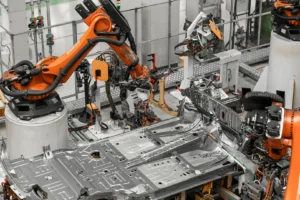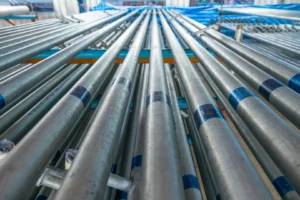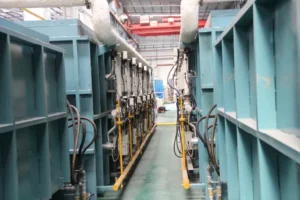Stainless Steel Lead Time Secrets: A Manufacturer's Guide to Reducing Supply Wait
Facing long lead times for stainless steel? These delays disrupt your production, inflate costs, and threaten project deadlines, leaving you at a competitive disadvantage.
Reducing stainless steel lead times is a strategic imperative. It requires understanding supply chain dynamics, adopting smarter forecasting and inventory strategies, and partnering with agile, integrated suppliers. This approach boosts market responsiveness, enhances customer loyalty, and secures your competitive edge.

As the Global Business Director at MFY, I talk to manufacturers every day who are frustrated by supply chain unpredictability. The truth is, you have more control than you think. The secret isn't finding a magic shortcut; it's about making strategic choices that build resilience and efficiency into your procurement process. Let's break down how you can take charge of your stainless steel supply and turn lead time from a liability into an advantage.
What Are the Dynamics of the Global Stainless Steel Supply Chain?
The global supply chain seems overwhelmingly complex. This complexity creates bottlenecks and unpredictable delays that can halt your operations without warning. Understanding its core stages is the first step to gaining control.
The global stainless steel supply chain involves multiple stages: mining raw materials like nickel and chromium, smelting and production at mills, secondary fabrication, and finally, global logistics and distribution. Each stage is influenced by economic and geopolitical factors that impact overall lead times.
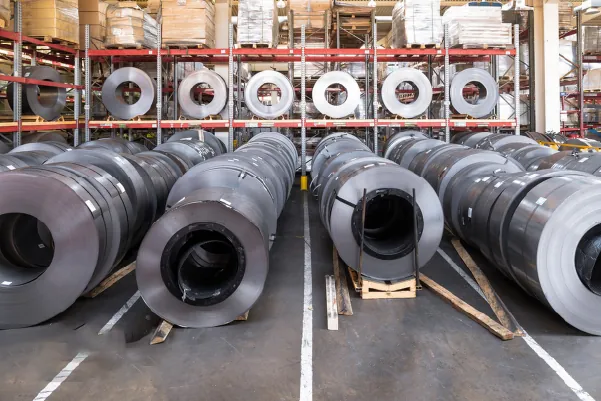
To effectively manage lead times, you need to see the entire picture, not just your final order. The journey of a stainless steel coil is a long and complex one, and a delay at any point can have a ripple effect. At MFY, our integrated model gives us a unique perspective on these interconnected stages, allowing us to anticipate and mitigate issues before they affect our clients. It all starts with the raw materials, which are often the primary source of volatility.
From Mine to Mill
The process begins with the extraction of key elements like nickel, chromium, and molybdenum[^1]. The prices and availability of these materials are subject to intense global speculation, mining output, and geopolitical tensions[^2] in resource-rich countries. A strike at a major nickel mine in Indonesia or a new export tariff can immediately impact costs and production schedules thousands of miles away. Once sourced, these materials are transported to mills where they are smelted and converted into massive slabs, which are then rolled into coils or sheets. A mill's production capacity, energy costs, and maintenance schedules are all internal factors that add another layer of variability to lead times.
The Logistics and Distribution Labyrinth
After production, the stainless steel enters the global logistics network. This is where many of the most frustrating delays occur. The material must be booked on ocean vessels, clear customs in both the exporting and importing countries, and then be transported inland to a distributor or directly to your facility. Port congestion, a shortage of shipping containers, and fluctuating freight rates[^3] have become major challenges in recent years. I remember a client in Mexico who had an urgent order stuck at port for three weeks due to a customs backlog, jeopardizing their entire production line. This is why working with a partner who has deep logistics expertise and strong relationships at major ports is no longer a luxury—it's a necessity for predictable delivery.
| Stage | Key Factors Influencing Lead Time | MFY's Mitigation Strategy |
|---|---|---|
| Raw Materials | Price volatility, geopolitical risk | Diversified sourcing, long-term contracts |
| Production | Mill capacity, energy costs, order backlog | Strong partnerships, priority production slots |
| Logistics | Port congestion, freight costs, customs | In-house logistics team, multi-port strategy |
| Distribution | Local inventory levels, last-mile delivery | Strategic global warehouses, efficient delivery network |
What Are the Current Lead Times in Stainless Steel Manufacturing?
You need to plan your projects accurately. But with lead times constantly changing, your production schedules are built on unstable ground. Knowing the current industry benchmarks is crucial for managing expectations.
Currently, standard mill lead times for stainless steel products like coil and sheet can range from 8 to 16 weeks. However, for specialized grades or due to recent market volatility, wait times can easily extend beyond 20 weeks, creating significant planning challenges.
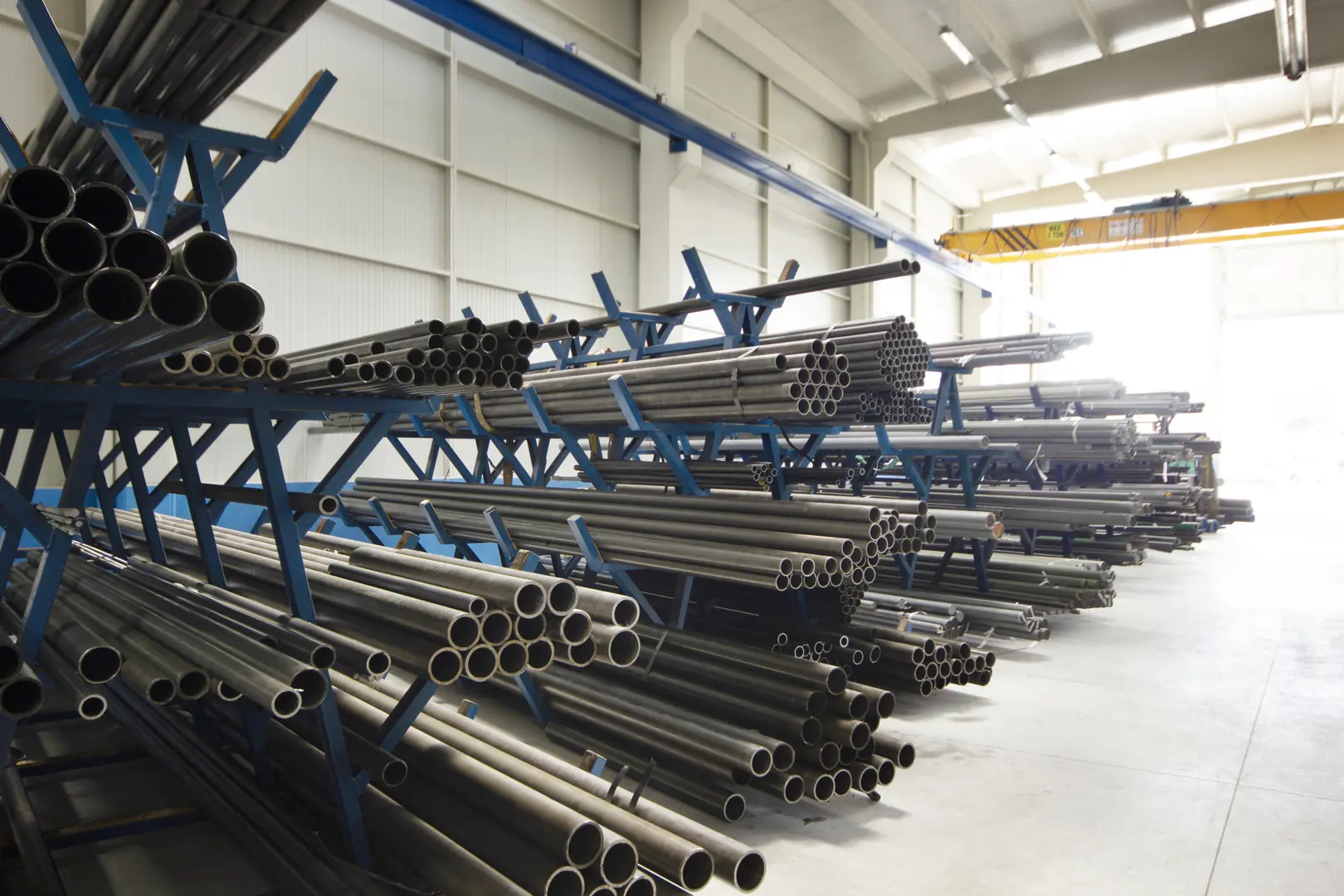
These numbers represent a significant challenge for any manufacturer. When you add shipping and local distribution time, a 16-week mill lead time can quickly become a 20- to 24-week wait from order to delivery. This is simply not viable in today's fast-paced market. The key takeaway is that relying solely on standard mill production is a high-risk strategy. The solution lies in finding a partner who can decouple your delivery schedule from the mill's production queue.
Factors Impacting Your Wait
Several variables determine your specific lead time. The grade of stainless steel is a major one; common grades like 304 are often more readily available than specialized alloys like 904L or Duplex. The finish and dimensions also play a role, as custom specifications require additional processing. Furthermore, the mill's current backlog and its geographic location are critical factors. A mill in Asia might have a shorter production queue but a longer shipping time to Europe or the Americas compared to a regional producer.
A Regional Snapshot
The market is not uniform. Lead times can vary dramatically depending on where you are and where you're sourcing from. For instance, a manufacturer in the US might face a 14-week lead time from a domestic mill, while we at MFY might be able to ship the same material from our ready inventory in Asia and have it delivered in under 8 weeks, including transit. I recently spoke with a large fabricator in Italy who was quoted 22 weeks for a standard 316L coil order. By leveraging our extensive inventory and streamlined logistics, we were able to fulfill their requirement in half that time. This is the power of working with a globally integrated supplier.
| Product Type | Typical Mill Lead Time (Asia) | Typical Mill Lead Time (Europe/NA) | MFY Ready Stock Target |
|---|---|---|---|
| 304 Coil | 6-10 Weeks | 8-14 Weeks | < 4 Weeks |
| 316L Sheet | 8-12 Weeks | 10-16 Weeks | < 5 Weeks |
| 430 Pipe | 7-11 Weeks | 9-15 Weeks | < 6 Weeks |
What Are the Key Challenges Causing Delays in Stainless Steel Supply Chains?
Your projects face constant delays that seem to come out of nowhere. These unexpected disruptions throw your entire timeline into chaos, damaging profitability and client trust. Identifying the root causes is essential for building a resilient strategy.
The primary challenges causing delays are raw material volatility, global logistics bottlenecks like port congestion, constrained mill production capacity, and unpredictable geopolitical events. These factors combine to create a perfect storm of supply chain uncertainty for manufacturers.
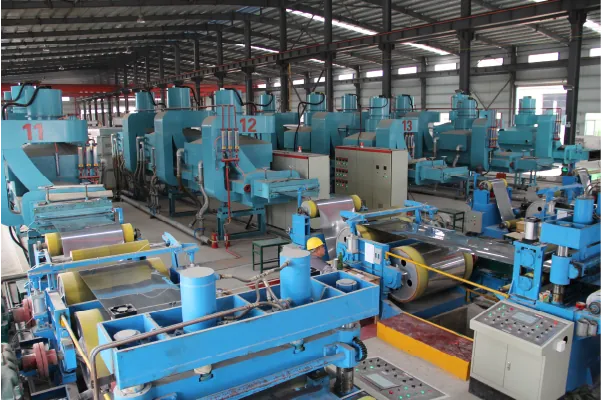
These challenges are not isolated incidents; they are interconnected features of the modern global economy. A political dispute can disrupt the supply of a key alloy, which in turn forces mills to alter their production schedules, creating a backlog that gets compounded by shipping delays. In my role, I've seen how these macro-level events directly impact the shop floor of our customers. The strategic imperative for every manufacturer today is to build a supply chain that is not just efficient in good times, but resilient in turbulent ones. This requires moving beyond a purely cost-based procurement model to one that prioritizes agility and risk mitigation.
The Raw Material and Production Squeeze
The price of nickel, a critical component of stainless steel, has been on a rollercoaster, driven by everything from electric vehicle battery demand to export policies. This volatility makes it difficult for mills to provide stable, long-term pricing and can lead them to prioritize certain types of production over others, creating artificial shortages for specific grades. On top of this, many mills are running at or near full capacity. This means that any unexpected downtime for maintenance or a sudden surge in demand can extend lead times for all customers in the queue.
Navigating Logistical and Geopolitical Hurdles
The global shipping industry is still recovering from recent disruptions. While freight rates have stabilized from their peaks, port efficiency remains a major concern in many parts of the world. A single vessel delayed at a key hub like Singapore or Rotterdam can impact dozens of downstream supply chains. Adding to this are geopolitical tensions that can close off traditional shipping lanes or result in sudden tariffs and trade barriers. A manufacturer relying on a single sourcing region becomes extremely vulnerable to these events. This is why, at MFY, we have intentionally built a diversified production and logistics network that allows us to reroute and adapt when one part of the global system faces a challenge.
What Are Effective Strategies for Manufacturers to Reduce Lead Times?
You feel powerless against ever-extending lead times. This uncertainty makes it impossible to plan effectively, hurting your ability to grow your business. Implementing proactive strategies can put you back in the driver's seat.
Key strategies include partnering with fully integrated suppliers, improving your internal demand forecasting, maintaining a strategic safety stock, and diversifying your sourcing. These actions shift you from a reactive to a proactive procurement posture, giving you control over your supply chain.
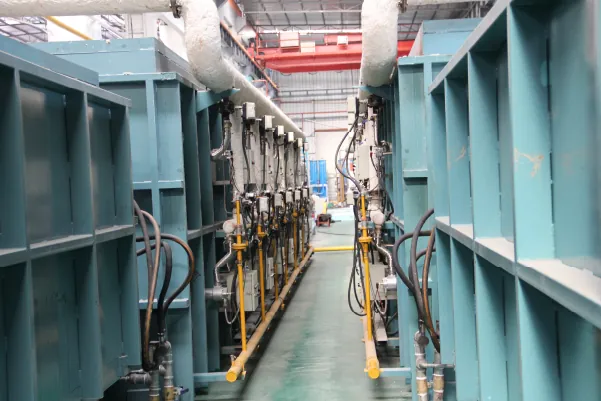
Taking control of your lead times is a strategic decision that directly impacts your bottom line. It's about more than just placing orders earlier; it's about fundamentally changing how you view procurement. The goal is to build a system that provides a buffer against market volatility. Industry leaders who have successfully done this often report lead time reductions of up to 30%, a game-changing advantage. This isn't achieved by chance, but by deliberate and strategic action.
The Power of Partnership
The single most effective strategy is to move away from transactional purchasing and toward a strategic partnership with your supplier. An integrated supplier like MFY isn't just a seller; we are an extension of your supply chain. Because we manage everything from mill relationships to logistics and inventory, we can provide a level of visibility and flexibility that a simple trader cannot. We can often steer your order to a mill with more capacity or fulfill it directly from our vast inventory, bypassing the production queue entirely.
Smart Inventory and Forecasting
While holding excessive inventory is costly, having zero safety stock is even riskier. The solution is strategic safety stock. Work with your supplier to identify your most critical and frequently used materials and establish a small, managed inventory. This can be held at your facility or, even better, at your supplier's warehouse. Combine this with better demand forecasting. By sharing your project pipeline with your partner, we can anticipate your needs and reserve material in advance, ensuring it's ready the moment you need it.
| Approach | Traditional Sourcing | Strategic Partnership (e.g., with MFY) |
|---|---|---|
| Lead Time | 12-20+ Weeks (Volatile) | 4-8 Weeks (Stable & Predictable) |
| Visibility | Low (Opaque mill/shipping status) | High (Real-time inventory & logistics tracking) |
| Risk | High (Single point of failure) | Low (Diversified sourcing & inventory buffer) |
| Focus | Lowest Unit Price | Best Landed Cost & Supply Security |
What Technological Innovations Can Streamline Stainless Steel Supply?
Your current processes are manual, slow, and opaque. This lack of modern tools leaves you blind to risks and inefficiencies in your supply chain, costing you time and money. New technology offers a path to clarity and control.
Key innovations include AI-powered demand forecasting, digital platforms providing real-time inventory visibility, and IoT sensors for tracking shipments. These technologies transform the supply chain from a series of disconnected steps into a transparent, integrated, and agile digital ecosystem.
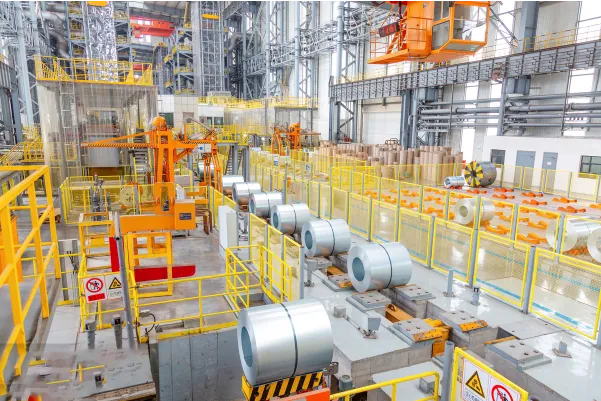
Investing in technology is no longer an option; it is fundamental to competing in the modern industrial market. The core insight driving this shift is that data provides a powerful competitive advantage. By leveraging digital tools, you can move from guessing to knowing. You can anticipate disruptions, optimize your inventory, and dramatically shorten the cycle from order to delivery. This is not just about efficiency; it's a strategic necessity for building a resilient business that can thrive amidst global uncertainty.
AI and Predictive Analytics
The days of forecasting based on last year's sales data are over. Artificial Intelligence (AI) and machine learning algorithms[^4] can now analyze vast datasets—including market trends, commodity prices, shipping data, and even geopolitical news—to create highly accurate demand forecasts. For a manufacturer, this means you can anticipate your material needs with far greater precision, allowing you to place orders at the optimal time. For a supplier like MFY, it allows us to stock the right materials in the right locations, anticipating regional demand before it even materializes.
The Rise of Digital Platforms
Perhaps the most impactful innovation is the development of digital supply chain platforms[^5]. These platforms are breaking down the old, opaque silos between mills, distributors, and end-users. At MFY, we are at the forefront of this, developing a proprietary digital ecosystem for our clients. Imagine being able to log in and see our real-time inventory of stainless steel coils and sheets across the globe, check available production slots at our partner mills, and track your shipment from the port to your door, all from a single dashboard. This level of transparency and direct access radically simplifies procurement and slashes the administrative delays that add weeks to traditional lead times. It transforms the supplier relationship into a true, seamless partnership.
Conclusion
Reducing stainless steel lead times is not about finding a secret shortcut but about adopting a smarter, more strategic approach. By understanding the supply chain, choosing agile partners, and embracing technology, you can build a resilient procurement process that provides a true competitive advantage in a volatile world.
Have Questions or Need More Information?
Get in touch with us for personalized assistance and expert advice.
